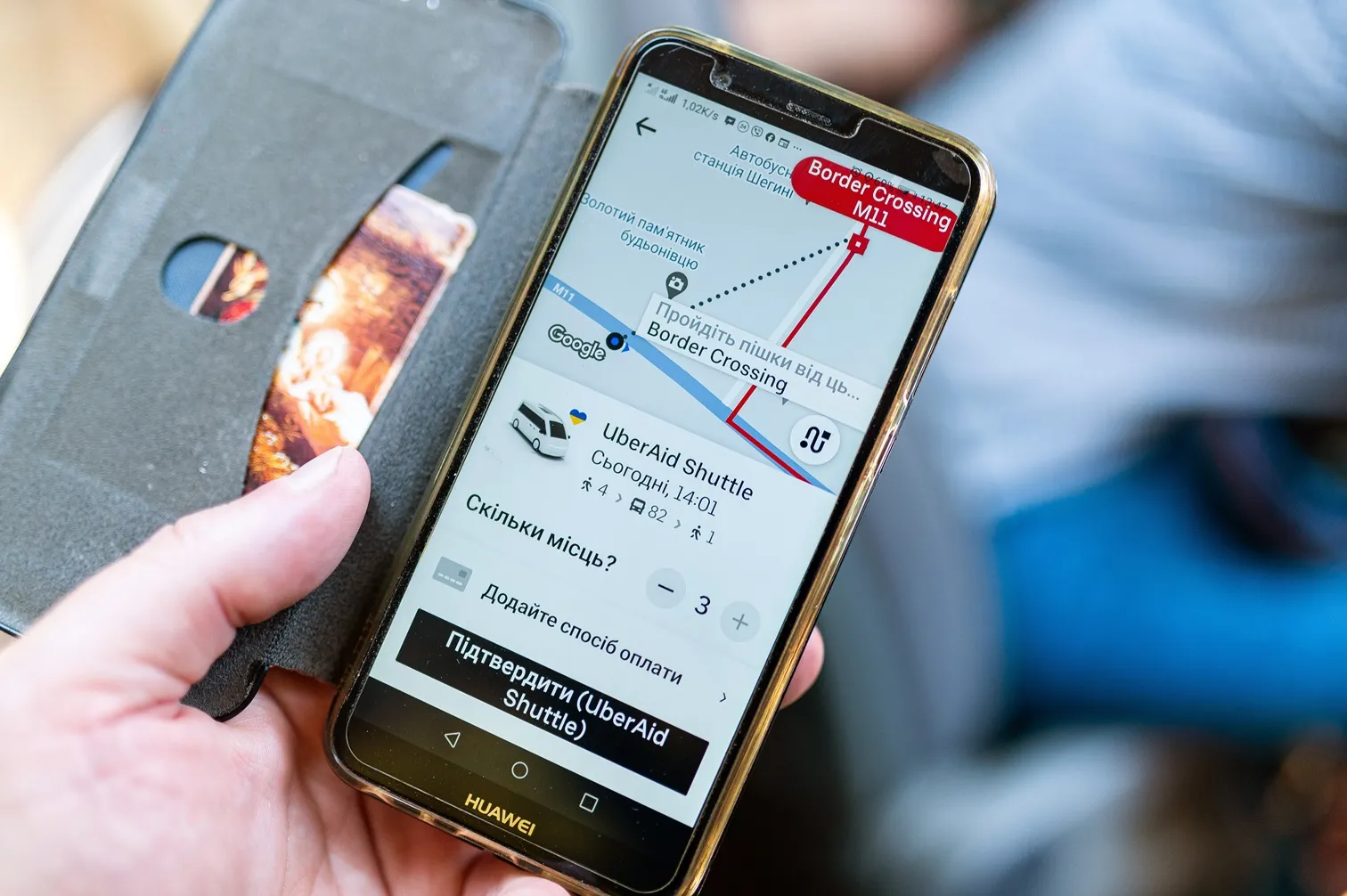BT has signed a contract with multinational space service company Telespazio, a Finmeccanica/Thales company, to provide new network services for EGNOS, the first pan-European satellite navigation system. BT will implement and manage a high availability, ultra-resilient network to carry positioning data for safety critical applications such as those used in airline and ship navigation. The network will connect more than fifty monitoring stations, control centres and uplink locations - including remote areas
March 14, 2014
Read time: 2 mins
Due to the critical nature of the services delivered by EGNOS, ultra-resilience is fully embedded in the project. The network service is based on a combination of BT's IP Connect Global offering and satellite services. The most vital parts of the network take advantage of BT's dual core network capability - with networks being physically separated - providing higher levels of availability and service continuity.
Corrado Sciolla, CEO BT Europe and Latin America, said: "EGNOS provides and requires a very high level of accuracy and reliability. We designed their new network to provide them with the greatest possible flexibility. BT fully understands the crucial role played by network services in the ability of global multinationals and public organisations to run their mission critical operations. I am extremely proud of EGNOS's continued trust in our people and service delivery and look forward to the continuation of our relationship."










